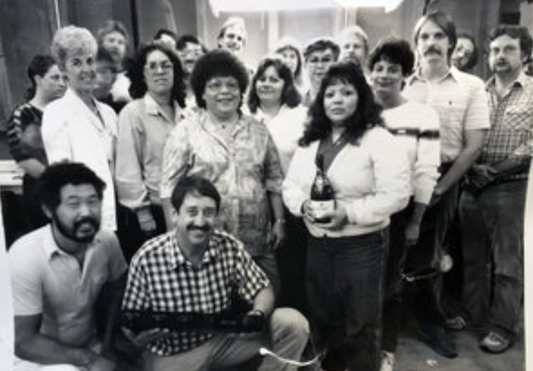There are those in our industry that believe you can measure anything and everything with respect to how equipment sounds. Technically they are correct, but the problem is answering the question of what to measure? We know that simple THD (Total Harmonic Distortion) and IM (Intermodulation Distortion) help us understand how something sounds, but not by very much (IM being more important than THD). Yet, identical THD and IM measurements, coupled with the same frequency response between two different designs, will most likely sound markedly different.
One valid explanation for this fact is missing measurements. What parameter that we did not measure is causing the difference in sound? You have to know where to look to figure that out. We've all heard the claims that everything we need to make perfect audio electronics is both known and measurable. These claims made mostly by companies producing less than great sounding equipment. And I've never found any company making exceptional sounding audio electronics that claim they do it all with a meter.
There are a couple of respected companies that take a middle ground approach: a panel of listeners to identify sonic problems coupled with a team of engineers to figure out how to measure those differences. This is a wonderful approach that I support as the most solid - a blend between we can measure everything without listening and we never measure anything and only listen.
From our perspective we are in the middle ground with this caveat: we give a herculean effort to measure and quantify what we hear into engineering terms, but if we fail, we go with it anyway.
A great example of this is a story I've told a few times but one that bears repeating. In the 1970's we were designing a preamplifier and were close to finishing the design, which would eventually become the PSIV, released in the late 1970's and enjoyed nearly ten years of success in the marketplace. My partner Stan Warren was scrounging around for a power transformer for the latest version he'd built and, unable to find the right sized transformer, settled instead on a power amp transformer we had laying around. The voltages he needed were identical. Only, the size was 20 times that which we needed for a preamp.
One thing that's nice about power supplies is bigger is never a problem. A device will only draw as much power as it needs (which is why you can plug a 20 watt light bulb into a 2,000 watt outlet without a problem). So connecting a supply several magnitudes larger than needed would not be a problem as the preamp will only take what it needs.
Stan nearly fell over after he connected it, so improved was the sound quality. He quickly ripped the original small transformer out of our reference and compared that to the big transformer. No question about it, the big one trounced the little one. But why? The voltages were all the same.
We spent weeks trying to see if we could measure any differences. We queried transformer designers, gurus of all types, no one had a clue. No one, in fact, believed us. "If you can't measure any differences, then they don't exist." BS.
We release the product with the small original transformer and offered an add-on called the HCPS (High Current Power Supply) because the transformer was so big it would not fit inside the chassis we had designed for the preamp. Rarely did we sell a IV preamp without an HCPS attached, so big were the differences. In later years we discovered it was the lower impedance of the thicker wire that made the improvement to the sound, but even to this day we've not been able to measure anything performance wise that displays a difference.
The attention you see today to power supplies in the industry? That's where this started: a fortuitous accident. Had we not been in the middle of voicing that preamplifier and trusting our findings, we'd not have ever started the trend nor produced a better sounding product. I am sure someone else would have stumbled upon this as well, but that's not the point.
More tomorrow.








